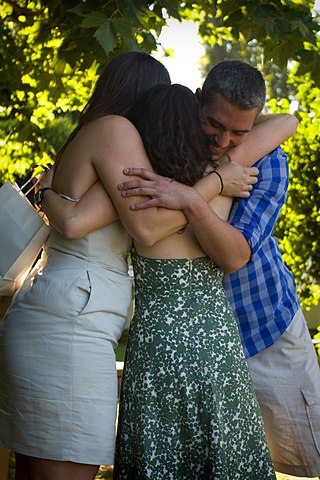
Spring is such a beautiful time. Everywhere you look, there is a sprouting of fresh green. The days have become longer. The sun feels brighter. The temperature is rising, and the tulips in my neighbour’s garden have begun to show their beautiful colours.
And yet, this time of year also marks many endings. It is the end of winter, for one. For university students, another term is now complete, while public school students are looking forward to summer vacation. It is the time of graduations, a time when the end of one block of life is formally marked, even as we anticipate the beginning of another.
I suppose it’s because I am now firmly in mid-life that I keenly feel both the beginnings and the endings of this time of year. When I was younger, I was always caught up in the beginnings, in the excitement of what would be coming next. I don’t think I ever gave much thought over what was being left behind. But now, after a year where I lost both my mother and my mother-in-law, I have to say that I can really feel the endings.
And so, I am feeling sad to report another loss, for me. A mentor of mine is hanging up his spurs and retiring. Michael Tierra, widely considered the father of North American herbalism, has sold the East West School of Planetary Herbology, and is moving on. He is 84 years old this year, so I don’t begrudge him this move. It is just sad to see him go.
Chances are, if you have read any book on herbalism over the last few decades, it was written by him. Author of The Way of Herbs, The Way of Chinese Herbs, The Way of Ayurvedic Herbs, Treating Cancer with Herbs, The Natural Remedy Bible, and the best-selling Planetary Herbology among many others, Michael resurrected herbalism from its doldrums in the 1950’s and 1960’s. He studied with Native American herbalists, and Chinese herbalists, and even started his own line of herbal products. He is the founder of the American Herbalist Guild. Through his school, he taught and inspired scores of new herbalists, including me.
He is also one of the kindest men I have ever known. Over the years, I have attended hours and hours of his lectures and classes. He has overseen many of my cases, and even personally called me to encourage me to join his Free Clinic this past fall. I will miss his encyclopedic volume of knowledge, and also his warmth, his sense of humour and his inclusiveness. He always made everyone feel welcome, and has been resolute in his mission to restore herbalism to its proper place beside conventional medicine. I think it’s safe to say that he changed the world.
This spring may mark the end of Michael’s tenure, but it is also the beginning for those who will carry on with his work. Right now, I am reminding myself that it’s all part of the cycle of life. But I will still miss him.



